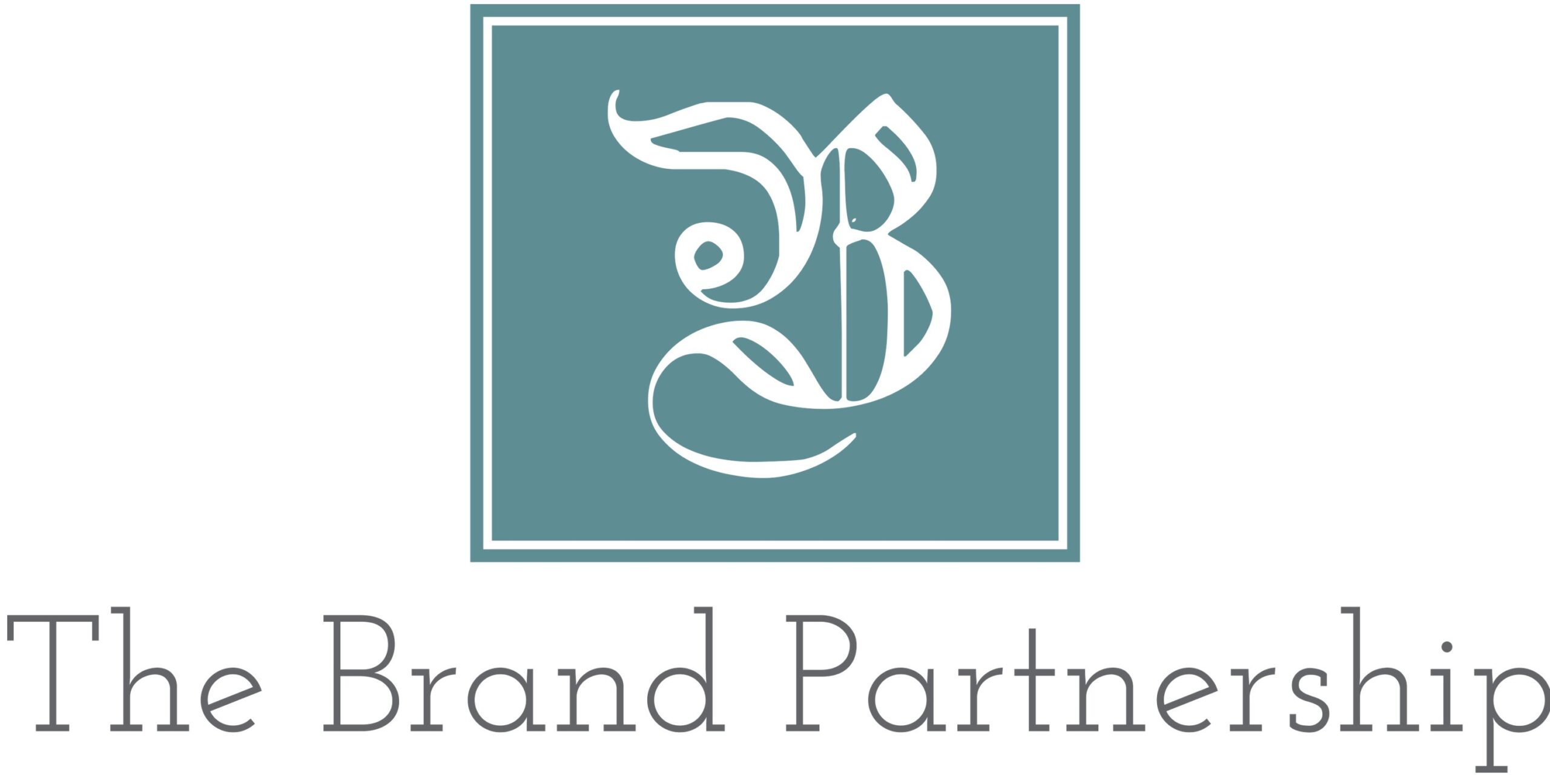Whether your interest is in proactively telling your story or being able to successfully respond to media inquiries in easy or difficult times, the key to a good — let alone great — interview is preparation. Physical and mental preparation are essential for anyone who will represent your business interests with the media. This generally includes select C-suite executives, public relations representatives and marketing or brand management leadership. Often, those with past media interview experience are nervous because they had an interview go poorly and it has shaken their confidence. Or they have had a good experience and now think they are a pro, even if they have never communicated new content. But success comes from being prepared, relaxed, and armed with the RIGHT messages. An interview is not the opportunity to answer questions; it is the opportunity to tell the story you want to tell regardless of the questions.
Media preparation should include:
- The right spokesperson(s): This is determined by the significance of the topic and the media outlet, and who can most accurately and eloquently address the subject matter.
- Content: Two essential tools for good interview preparation are a “key messages” document of what you want to communicate to further your business goals about a specific topic and the organization AND an FAQ/Q&A document of the most-likely-to-be-asked questions and answers – especially the answers to the most dreaded or difficult questions you can fathom.
- Training: Training and message rehearsal are key to enabling an executive to confidently command an interview. This includes knowing how to best answer each potential question and navigate the difficult ones. But media training also teaches how to artfully bridge to the key messages a spokesperson needs to convey versus just answering an interviewer’s question that do not further the objectives for the interview.
Media training teaches how to deliver the best interview possible, bridge from a question to a new topic of interest or message point, how not to get agitated with a difficult interviewer, and how not to fall into journalist traps.
Confident delivery comes with practice
If you are like most spokespersons, you will be your best when you feel confident, know what you need to say, and can be relaxed and confident. That comes with practice.
Good media preparation or “training” includes an overview of the media agenda, best practices, “dos and don’ts,” a review of previously prepared key messages and Q&A, and 1-2 mock interviews with each spokesperson.
Like most things in life, practice goes a long way toward perfection.

